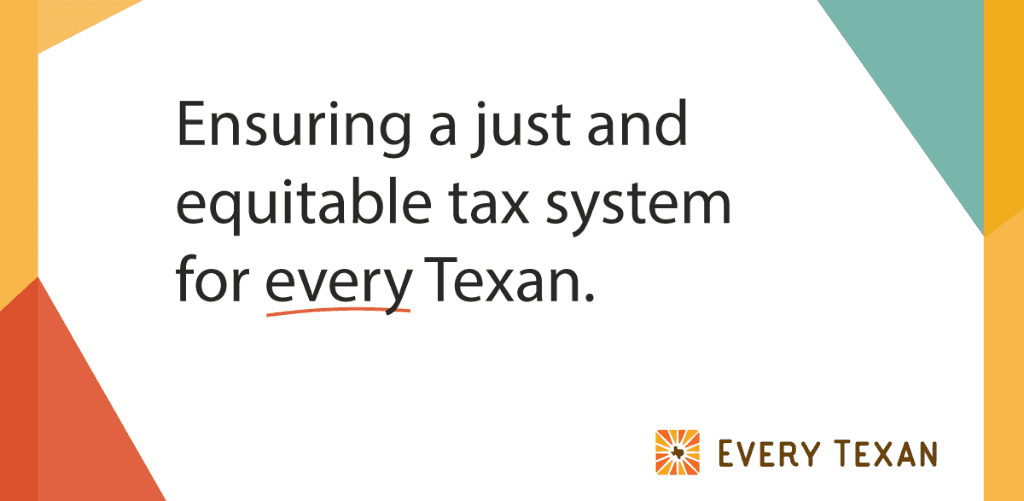Public confidence in our property tax system depends on the perception that all taxpayers are treated fairly, and is the key to providing vital financial support for our schools and local governments. The Texas Constitution requires that property appraisals be equal, uniform, and based on market value (Article 8, Sections 1(a) and 1(b)).
Property owners have the right to protest the tax appraisal of their property if they believe the appraisal district has set the appraisal above market value or if they believe their appraisal is not equal to a similar property.
Appraisals are intended to represent the market value of a property – what that property would sell for on January 1 of that tax year. The selling price of similar properties, for instance, other homes in the neighborhood, adjusted for characteristics such as age, location, condition or size, can help the appraisal district make an accurate estimate of market value. The district can also look at the income generated by a commercial property, which determines what a potential buyer might pay, or the cost of replacing a property.
Taxpayers can also base their protest on unequal appraisal. The most common approach to an equity appeal is to compare the appraisal being protested to other appraised values. Property owners can argue that their appraisal is greater than “the median appraised value of a reasonable number of comparable properties appropriately adjusted.” (Tax Code, sections 41.43(b)(3) and 42.25(a)(3)). Property owners do not have to allege that their tax appraisal is greater than the market value of a property, just that its appraisal is higher than the appraisal of certain other properties. Appeals on this basis are called “equal and uniform” appeals.
The key characteristic of equal and uniform appeals is that the appraised values of comparable properties may have been lowered during prior protests. This creates an incentive for owners to file protests as close to the deadline as possible, so that other properties are adjusted and their values lowered before owners’ protests are heard, lowering the median value against which their property’s appraisal is compared. This creates a race to the bottom as successive protests push down the median value. It also creates an administrative burden on appraisal districts as canny taxpayers jockey to be last in line.
Another problem is that a “comparable property” is not defined. Property owners can compare their property to a property in another county, for which the appraisal district is not responsible and does not have information. Other, less common, equity-related appeals are based on comparisons to appraisals within the same appraisal district.
An additional advantage for large property owners is the requirement that an appraisal district that loses a lawsuit must pay the property owner’s attorney fees, up to $100,000 per property per year (suits often involve related parcels over more than one tax year). But this responsibility is not reciprocal – a losing property owner does not owe the appraisal district its attorney fees. This disparity creates an obvious incentive to sue, particularly for owners of large properties, when the potential tax savings are greater than the potential cost of losing. For appraisal districts, there is a strong incentive to settle cases for lower appraisals than they might be able to defend in court, to avoid the risk of being ordered to pay the property owner’s attorney fees. The Legislature should apply the same requirement to both sides of a suit, so that each would bear similar risks in litigation.
The Texas Association of Appraisal Districts has calculated that these equal and uniform appeals have removed an average of nearly $24 billion in value from appraisal rolls each year over the past four years. This is the equivalent of 80,000 homes with an average value of $300,000 each being removed from the tax rolls each year.
A study by the Legislative Budget Board showed that the biggest beneficiaries of equal and uniform appeals were owners of commercial property, which received two-thirds of the total reduction in taxable value. These properties tend to be held by large publicly held corporations. But ownership of stock in such companies is not distributed equally among American racial groups. A national study by the Federal Reserve Board in 2017 showed that about 52% of households owned stocks. But only 31% of Black households and 28% of Hispanic households owned equities either directly or indirectly, while 61% of white households held stock positions. Policies favoring commercial properties thus help exacerbate existing wealth inequalities in our society.
Texans value the services provided by our cities, counties, and public schools. But people want to feel that everyone is paying their fair share in supporting these services. The Legislature can improve the fairness of our property tax system by reforming the equal and uniform appraisal appeals process, giving Texans confidence that we are all doing our part in investing in the future of our state.
New @WFAA Verify: Property values fall for big corporations in Texas, while yours rise https://t.co/YO16EiKWi9 pic.twitter.com/ACI7M3hhMS
— DallasMetro (@DallasMetro) October 18, 2018
